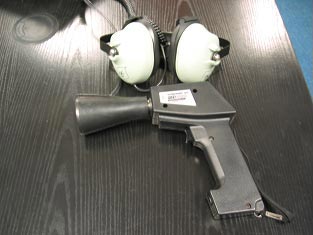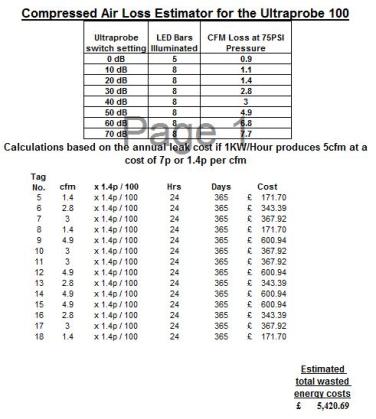Ultrasonic Leak Detection Services
The advantage of Ultrasonic leak detection technology is simple to understand. Ultrasound is a high frequency, short wave signal. When compared with the sounds we humans can hear, the size of the sound waves are extremely small. This property provides advantages: it is very directional, can be used in noisy environments and is easy to use.
Leaks cost money; affect product quality and can wreak havoc with the environment. Ultrasonic leak detection can often locate the problem, whether the leakage occurred in a liquid or a gas system.
The reason ultrasound is so versatile is that it detects the sound of a leak. When a fluid (liquid or gas) leaks, it moves from the high pressure side through the leak site to the low pressure side, where it expands rapidly and produces a turbulent flow. This turbulence has strong ultrasonic components. The intensity of the ultrasonic signal falls off rapidly from the source, allowing the exact spot of a leak to be located.
Vacuum leaks may be located in the same manner; the only difference being that the turbulence will occur within the vacuum chamber. For this reason, the intensity of the sound will be less than that of a pressurized leak. Though it is most effective with low-mid to gross leaks, the ease of ultrasonic leak detection makes it useful for most vacuum leak problems.

Steam traps are also inspected easily with ultrasonic translators. During examination, the steam trap is touched with the contact probe. By listening to the trap operation and observing the meter, trap condition can be interpreted. The speed and simplicity of this type of test allow every trap in a plant to be routinely inspected.
In compressed air systems it is easy to evaluate the financial costs of leaks on the system if details of the compressor are known.
Using our Estimator the leaks found are calculated into an annual lost air cost using the kW/Hr costs and the CFM values detected by the ultraprobe. This gives the client an estimation of how much they are paying to feed the leaks.

 Motiontek
Motiontek